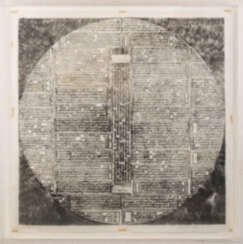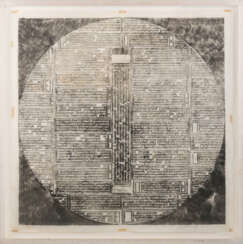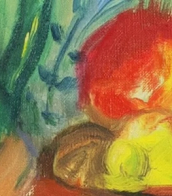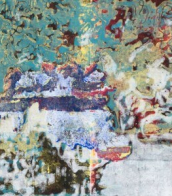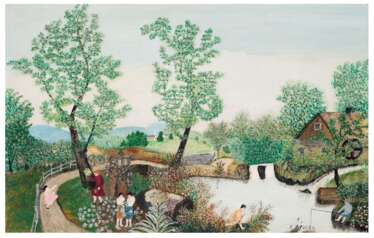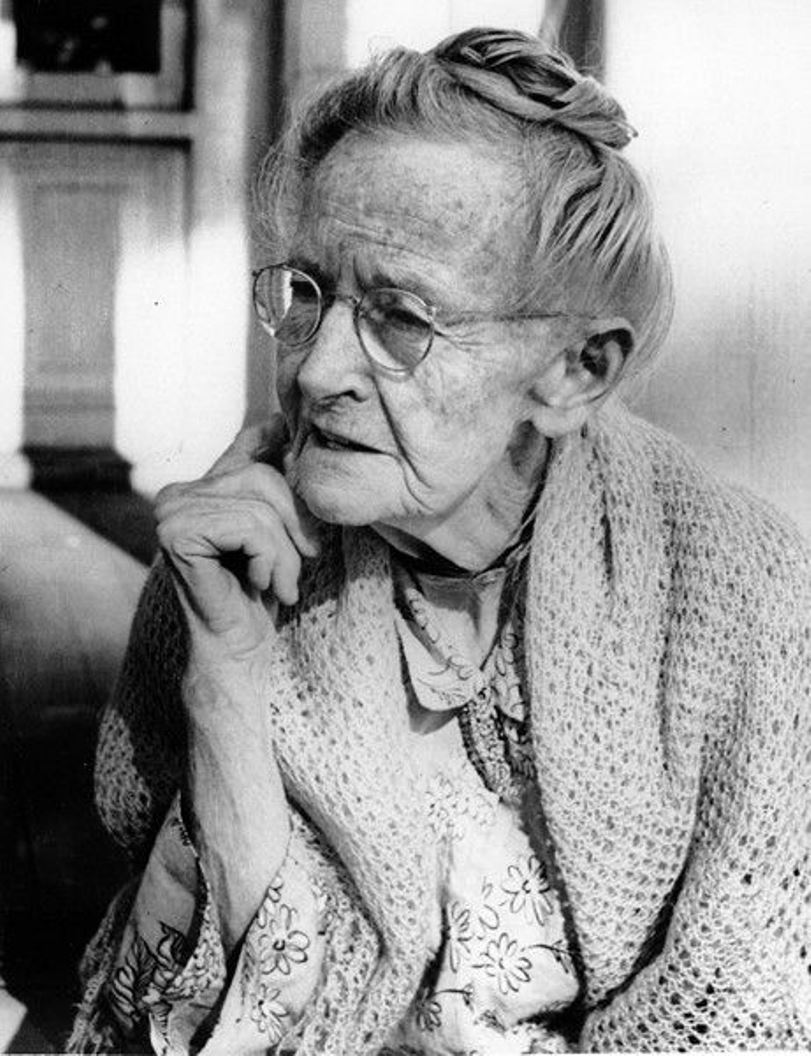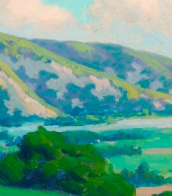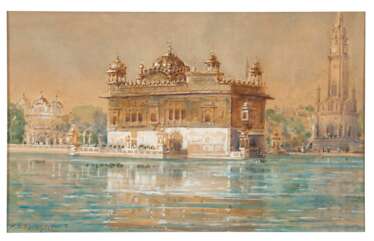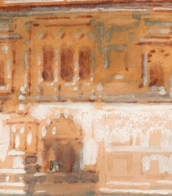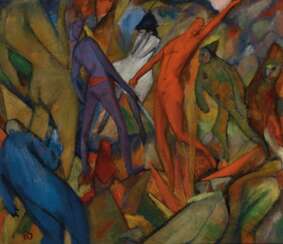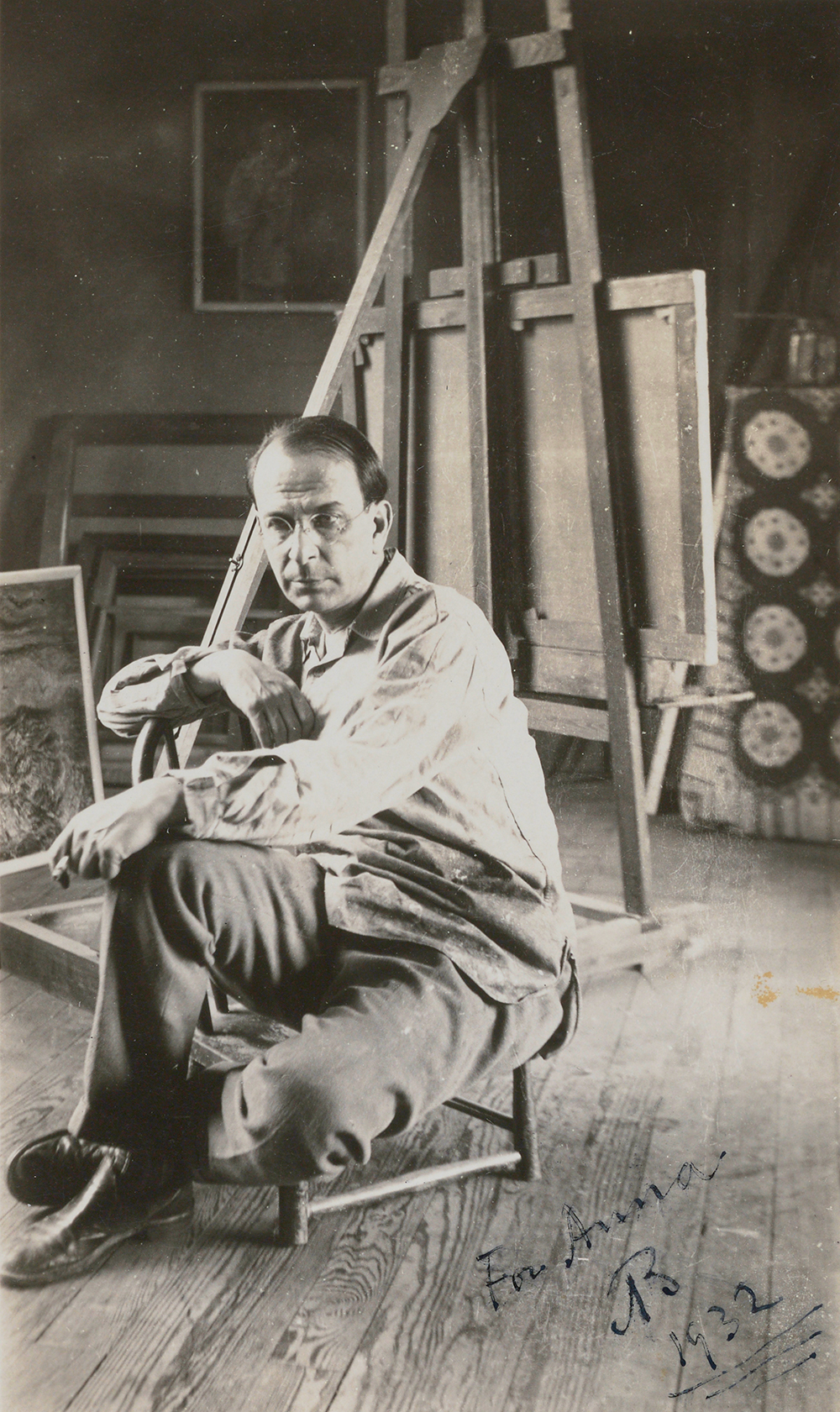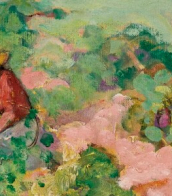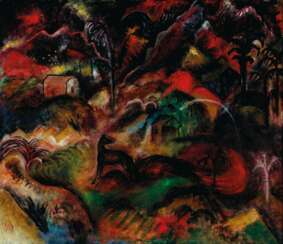1961
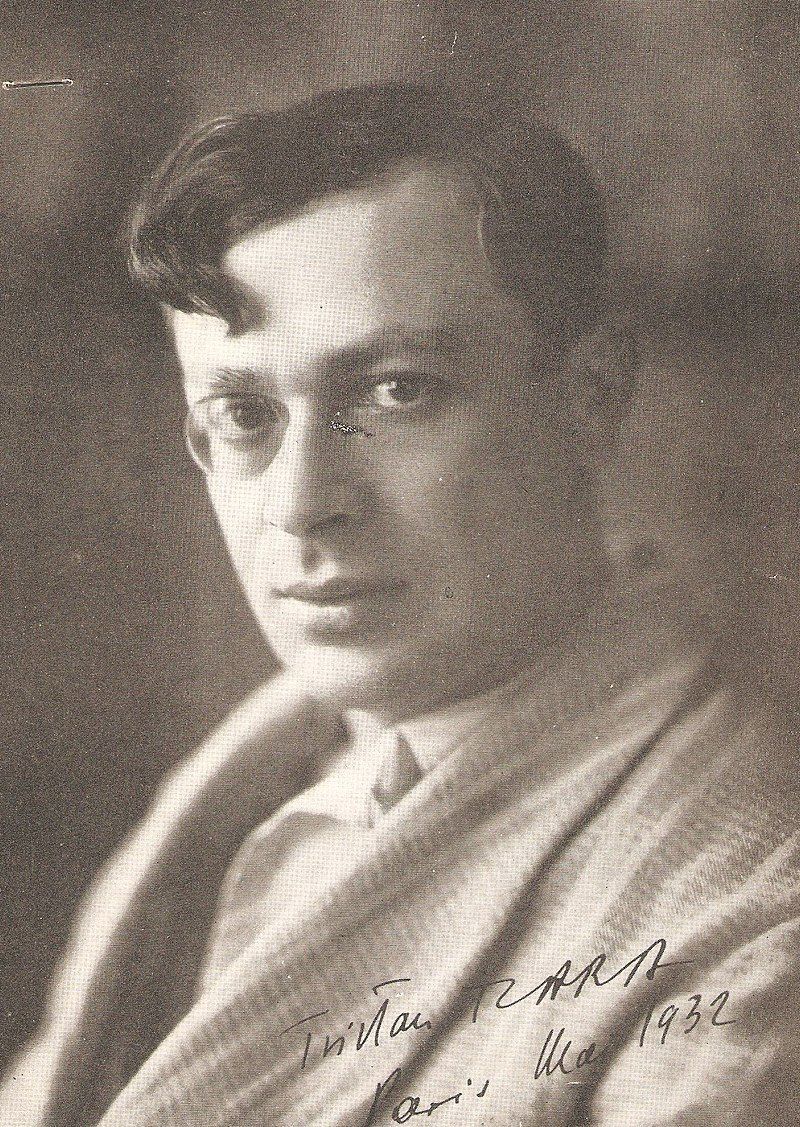
Tristan Tzara, originally named Sami (Samuel) Rosenstock, was a Romanian and French artist and writer best known as a founding figure of the Dada movement. Born in 1896 in Moinești, Romania, Tzara's influence extends across poetry, performance, and manifesto writing, marking him as a pivotal personality in 20th-century art and culture. His work challenged conventional norms and sought to disrupt the traditional boundaries of art, making him a central figure in the avant-garde community.
Dada, the movement with which Tzara is most closely associated, emerged as a reaction against the horrors of World War I, advocating for irrationality and anti-bourgeois protest. Tzara's contributions, including his manifestos, poetry, and performances, were instrumental in shaping Dada's legacy. His art and writings emphasized the importance of spontaneity and chaos, challenging the status quo and the very definition of art itself. Tzara's approach was not confined to a single medium; he explored poetry, playwriting, and critical theory, leaving a diverse and impactful body of work.
Though Tzara is not widely known for sculpture or painting in the traditional sense, his influence on these and other art forms is undeniable. His work and ideas laid the groundwork for later avant-garde movements, including Surrealism. While specific works of Tzara in museums or galleries were not detailed in the research, his legacy is preserved through the collections of major institutions worldwide, reflecting his enduring impact on the arts.
For collectors and experts in art and antiques, understanding Tzara's contributions provides insight into the radical shifts in culture and art in the early 20th century. His work remains a testament to the power of art to challenge, provoke, and transform. To stay informed about new product sales and auction events related to Tristan Tzara, sign up for our updates. This subscription ensures you're alerted to unique opportunities to engage with the history and legacy of a key figure in modern art.
Guillaume Apollinaire, real name Wilhelm Albert Vladimir Apollinaris de Wąż-Kostrowicki, a French poet of Polish descent, was a towering figure in the early 20th century's literary and art scenes. Known for his experimental verse and support of avant-garde art movements like Cubism and Surrealism, Apollinaire's work pushed the boundaries of traditional aesthetics and inspired a generation of artists and writers.
Guillaume Apollinaire's literary contributions were vast and varied. He was an early advocate for Cubism, a relationship most prominently seen in his collaborations with artists like Pablo Picasso. He not only wrote about art but also collected it, surrounding himself with works by modernist masters such as Henri Rousseau and Georges Braque. His Paris apartment was a small museum of modern art, filled with pieces he often sold to support his literary endeavors. This vibrant artistic environment fueled his creativity, leading to major works such as Alcools and Calligrammes, which explored the possibilities of poetic form and typography to represent visual and verbal content in a unified way.
Despite his innovative work in poetry and art criticism, Guillaume Apollinaire's life was marked by personal challenges, including a grievous injury during World War I. Yet, even these difficulties did not hinder his prolific output. Among his notable works during this period was the play Les Mamelles de Tirésias, which was performed in 1917 and is considered a precursor to theatrical Surrealism.
Apollinaire's influence extended beyond his lifetime, particularly through his mentoring of future Surrealist leaders like André Breton. His forward-thinking approach to art and literature made him a central figure in the transition from traditional to modernist forms in both fields.
For collectors and experts in art and antiques, Guillaume Apollinaire's work represents a nexus of literary brilliance and pivotal artistic movements. His life and work provide fascinating insights into the dynamic and transformative world of early 20th-century art and literature.
Sign up for updates on auctions and sales events featuring items related to Guillaume Apollinaire. Stay informed about opportunities to acquire unique artifacts that celebrate his legacy in the realms of poetry and art.
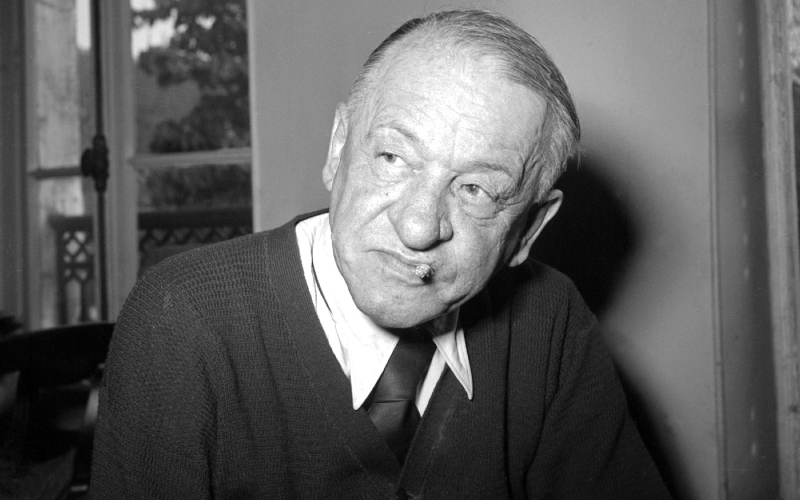

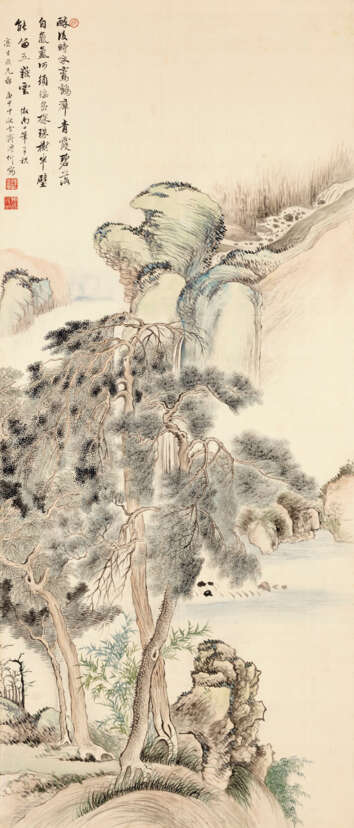
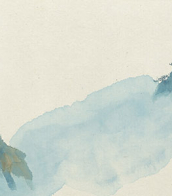
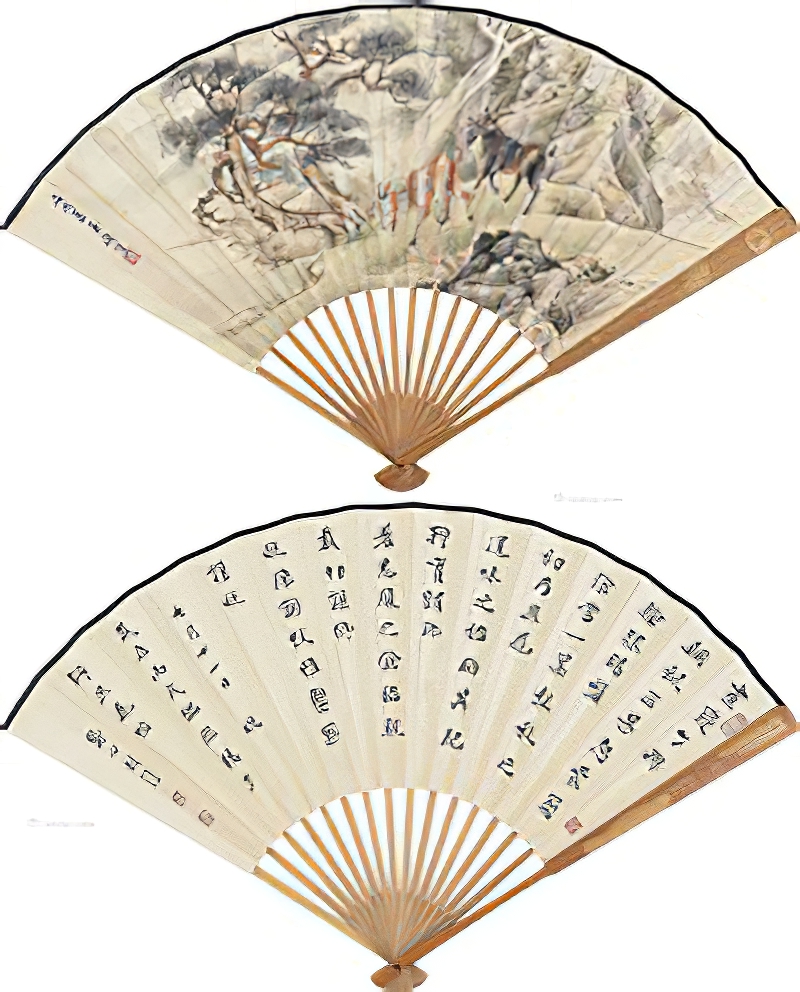
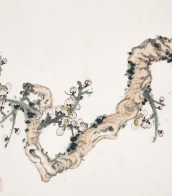
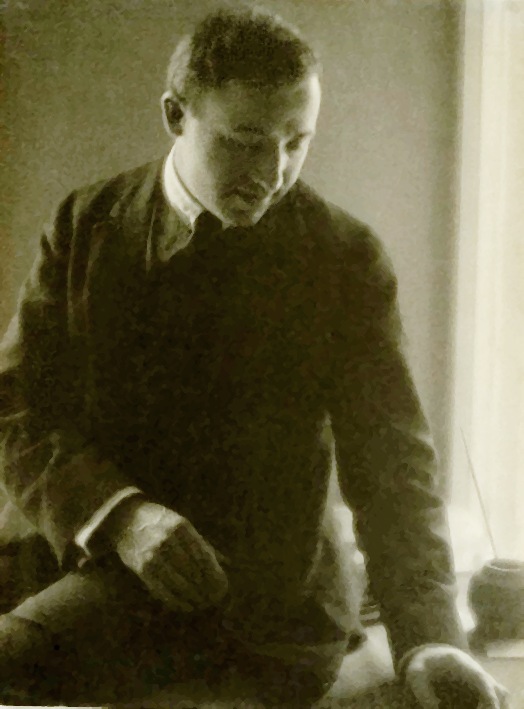
Max Weber, a Polish-born American painter, was a trailblazer in introducing Cubism to the United States. Born in 1881 in Bialystok Weber moved to New York at the age of ten. His early encounters with European avant-garde movements in Paris profoundly influenced his artistic style. Weber's work is noted for its daring adoption of Cubist techniques, which he melded with his personal expression and later, themes from his Jewish heritage.
Max Weber's notable works include "Chinese Restaurant" (1915), celebrated for capturing the dynamic essence of urban life through Cubist fragmentation. This piece, housed at the Whitney Museum of American Art, exemplifies his skill in conveying atmosphere and energy through abstract forms. Another significant work, "Sabbath" (1919), reflects his cultural background and is part of the Brooklyn Museum's collection. Weber's impact on American art is also marked by his role as an educator and his literary contributions, which include poems and essays on art that further articulated his artistic vision.
Max Weber's paintings are held in high esteem across major museums, including the Museum of Modern Art and the Smithsonian American Art Museum, highlighting his prominence in the art community. His legacy is that of a pioneer who not only introduced new styles to American audiences but also enriched it with his diverse cultural perspective.
For collectors and art and antiques experts, Max Weber's works represent a pivotal fusion of European avant-garde movements with American artistic trends, making his pieces highly significant in the study and collection of early modernist art.
For updates related to new product sales and auction events concerning Max Weber's work, sign up here to stay informed on the latest offerings.
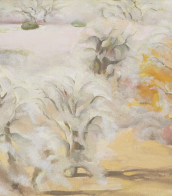
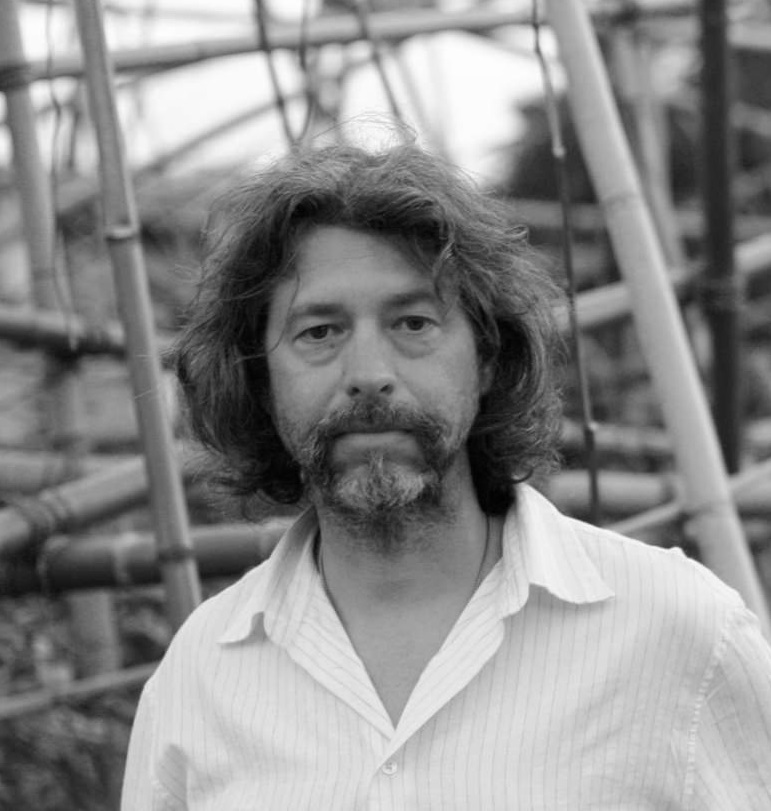
Mike and Doug Starn are American artists, identical twins, and artist duo. Their work is known to transgress traditional categorisation, combining separate disciplines such as sculpture, photography, architecture, painting, video and installation. The Starn's work explores themes of interconnection and interdependence.
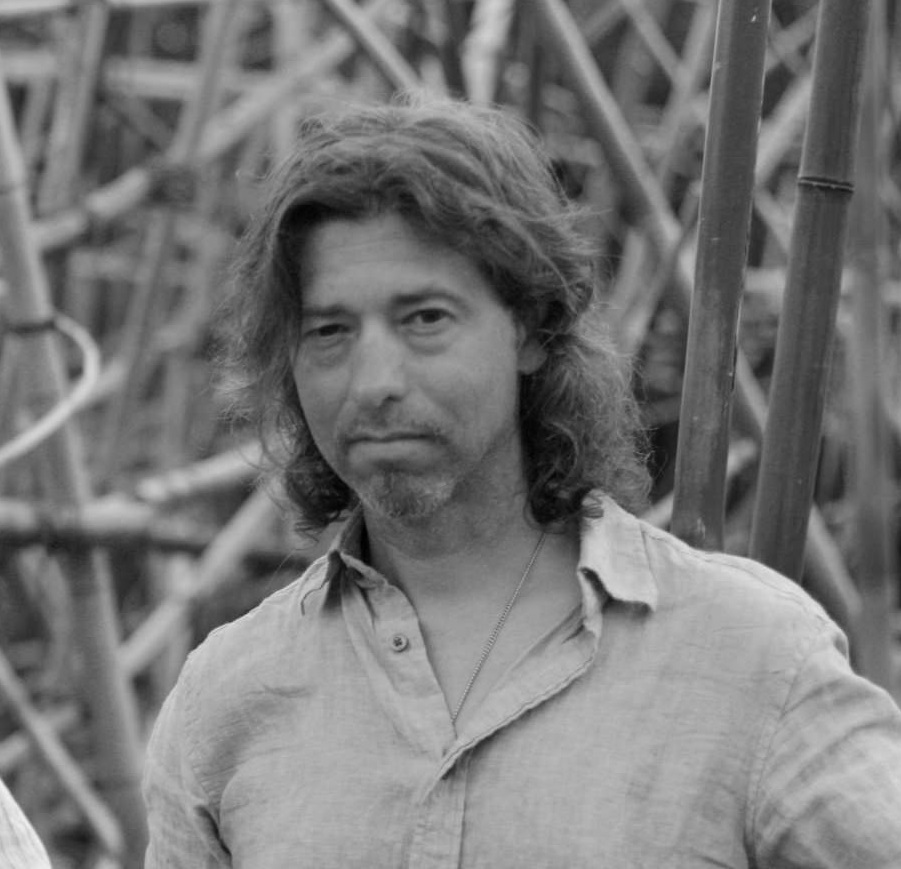
Doug and Mike Starn are American artists, identical twins, and artist duo. Their work is known to transgress traditional categorisation, combining separate disciplines such as sculpture, photography, architecture, painting, video and installation. The Starn's work explores themes of interconnection and interdependence.
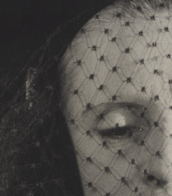

Mike and Doug Starn are American artists, identical twins, and artist duo. Their work is known to transgress traditional categorisation, combining separate disciplines such as sculpture, photography, architecture, painting, video and installation. The Starn's work explores themes of interconnection and interdependence.

Doug and Mike Starn are American artists, identical twins, and artist duo. Their work is known to transgress traditional categorisation, combining separate disciplines such as sculpture, photography, architecture, painting, video and installation. The Starn's work explores themes of interconnection and interdependence.

_(NPG_x13488).jpg)
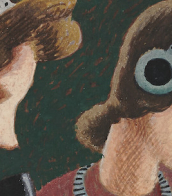
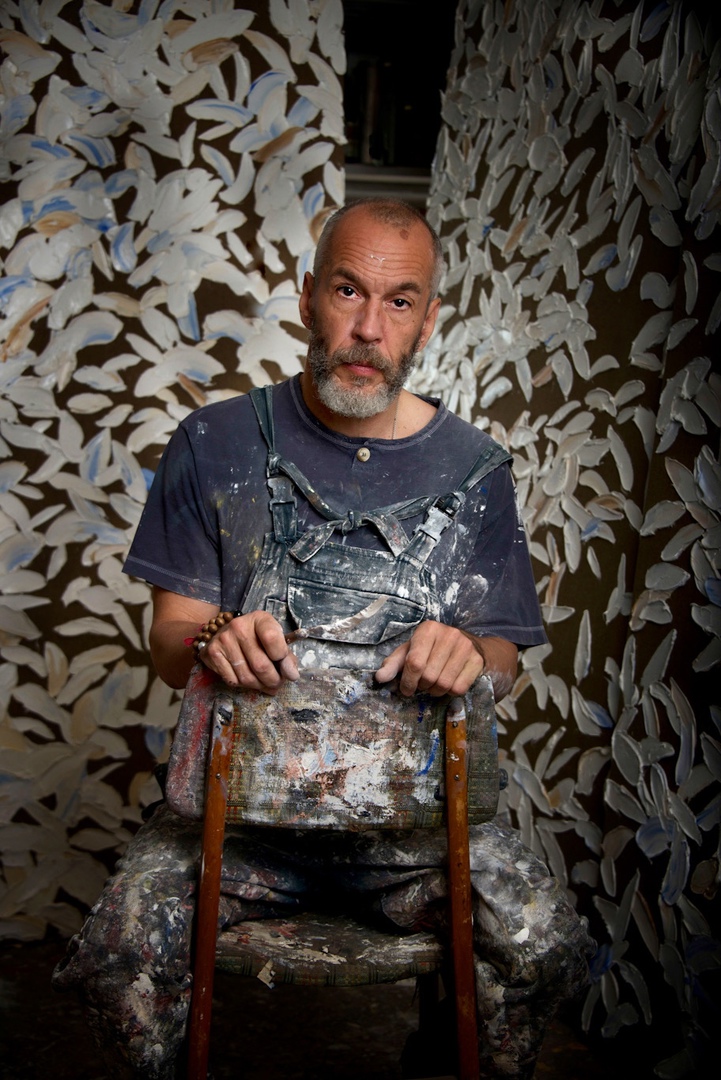
Lavrentii Vasilyevich Bruni was a Soviet and Russian painter, a representative of a famous dynasty of Russian artists.
He studied at the Surikov Moscow State Art Institute and is a member of the Moscow Union of Artists.
Lavrentii Bruni found his main subject for creativity — large bouquets of flowers, which have become the artist's calling card. He works in various techniques, but his inspiration is always the delicate contours of beautiful flowers and the graceful forms of the female body.


Lavrentii Vasilyevich Bruni was a Soviet and Russian painter, a representative of a famous dynasty of Russian artists.
He studied at the Surikov Moscow State Art Institute and is a member of the Moscow Union of Artists.
Lavrentii Bruni found his main subject for creativity — large bouquets of flowers, which have become the artist's calling card. He works in various techniques, but his inspiration is always the delicate contours of beautiful flowers and the graceful forms of the female body.

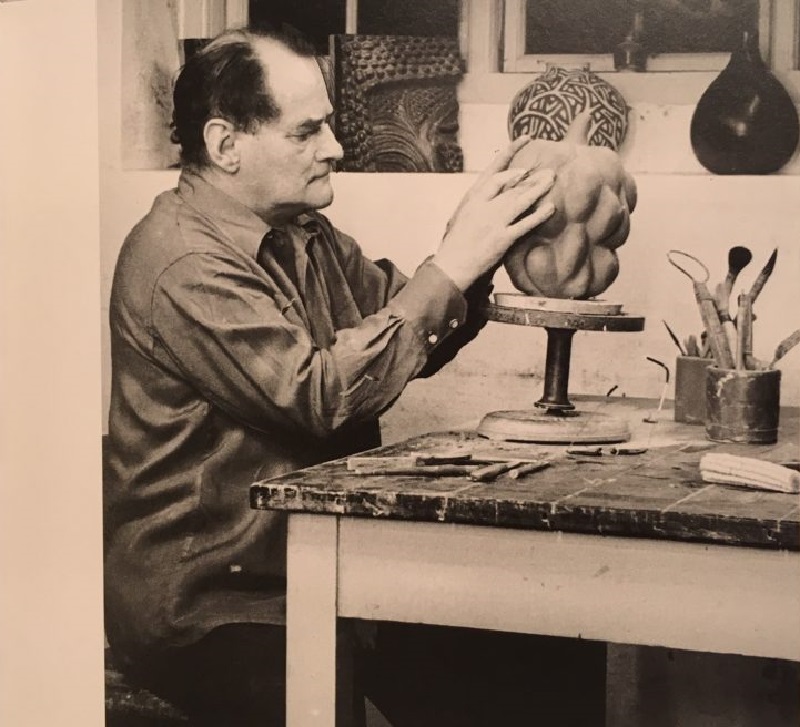
Axel Johannes Salto was an internationally renowned Danish ceramic artist. He studied at the Royal Danish Academy of Fine Arts from 1909 to 1914.
Axel Salto visited Paris in 1916, where he met Pablo Picasso and Henri Matisse. This meeting was a landmark for Salto's creative ambitions and his influence on the innovative ideas of the time.
Throughout the 1920s his artistic focus shifted from painting to ceramics, and between 1923 and 1950 he created around 3,000 different ceramic pieces.
From the mid-1930s he worked mainly at the Royal Porcelain Factory in Copenhagen. Here Salto developed his ceramics, experimenting with unusually rich glazes and organic shapes.

_(NPG_x13488).jpg)

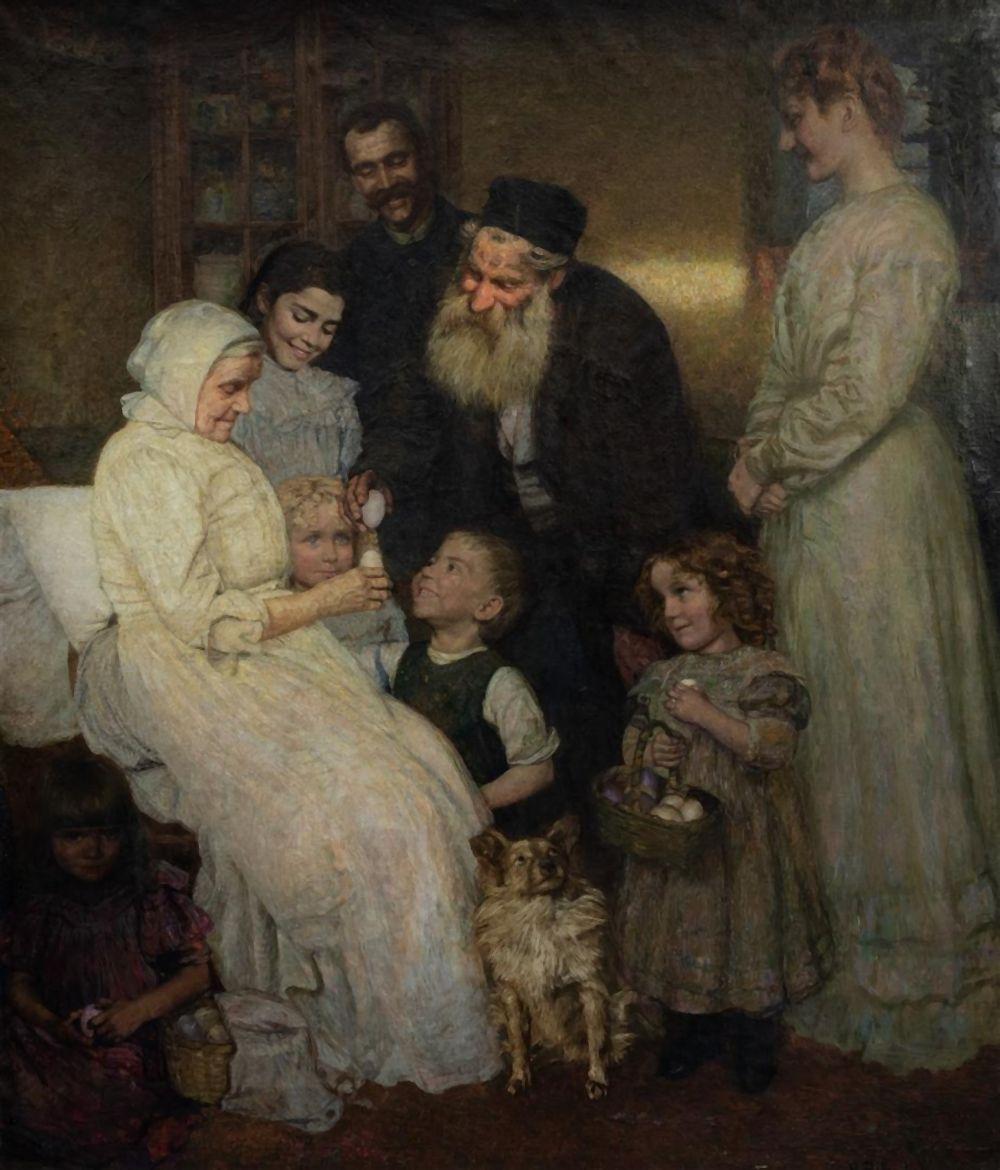
Hubert Ritzenhofen was a Dutch artist who specialised in city and seascapes as well as genre scenes.

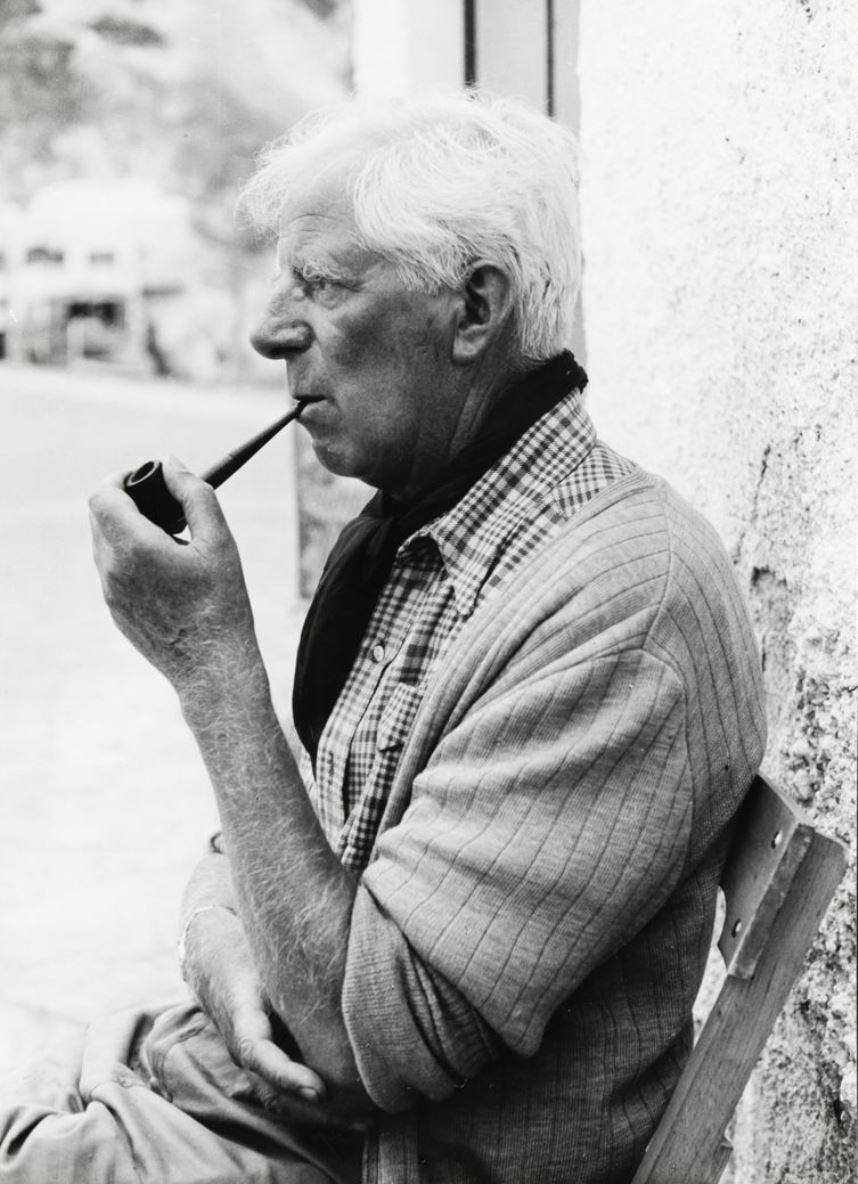
Werner Gilles was a German artist.
He was a member of the Bauhaus school of art and design. After arriving on the Italian island of Ischia in 1932, Gilles found inspiration for painting. In his oil paintings and watercolors, the artist depicts the cheerful and menacing aspects of this primitive landscape and captures its basic nature.



_(NPG_x13488).jpg)
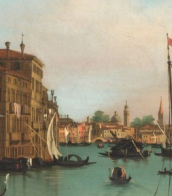
_(NPG_x13488).jpg)

_(NPG_x13488).jpg)

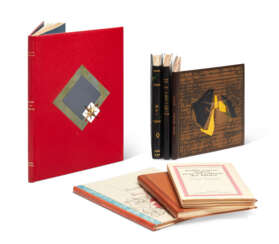

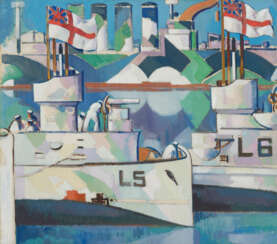

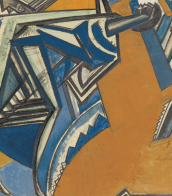


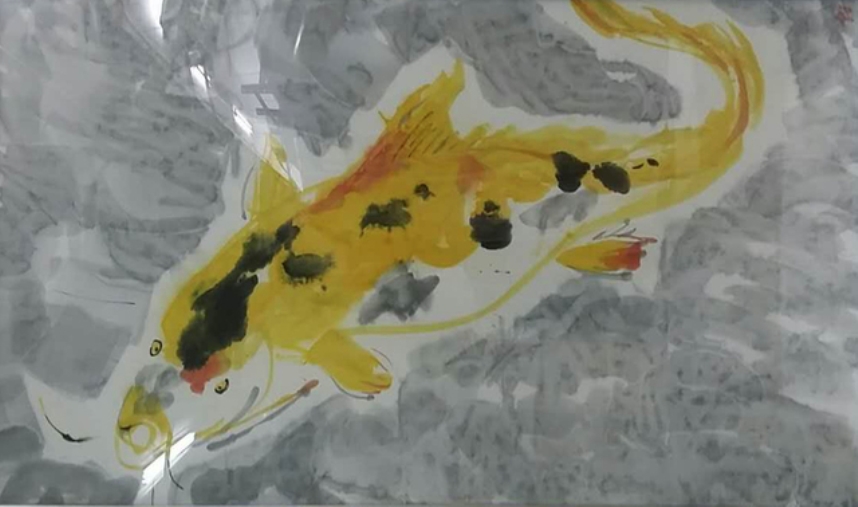







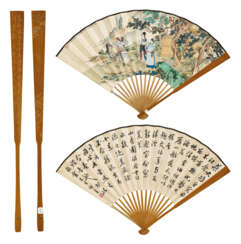

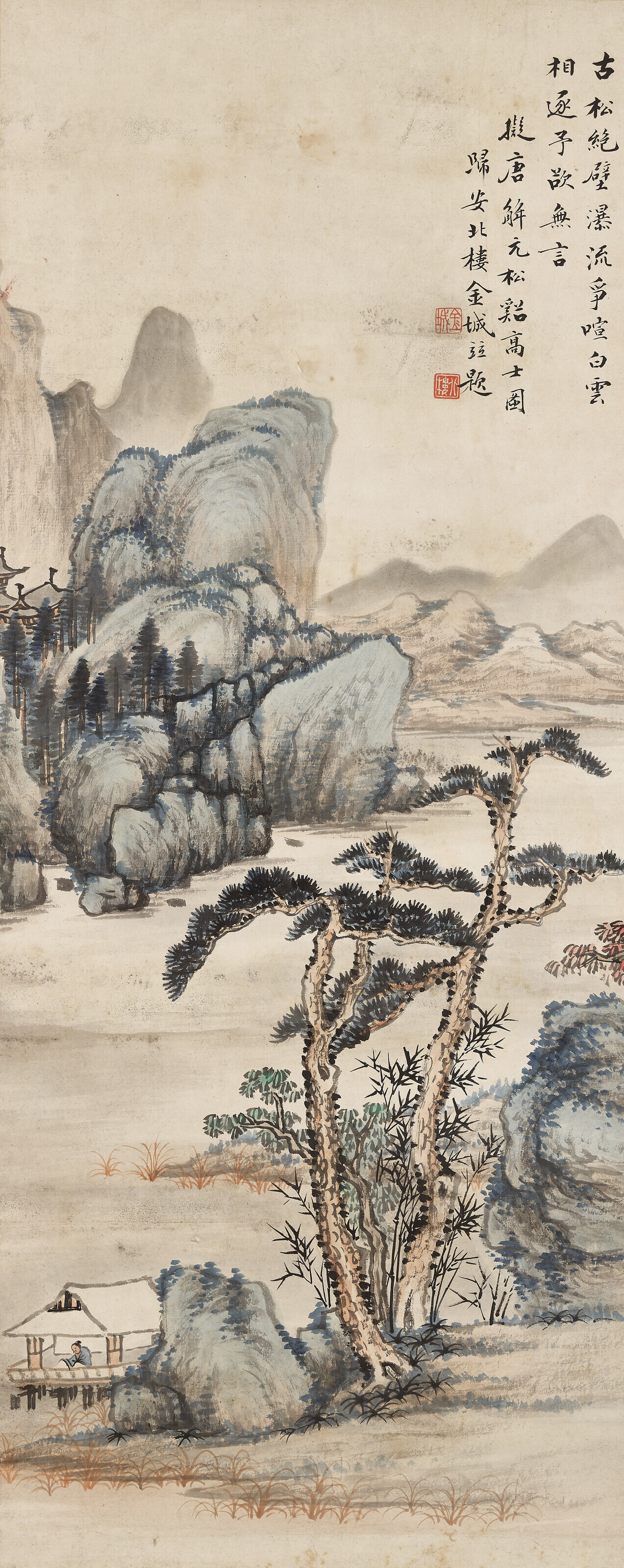
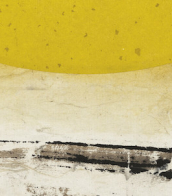
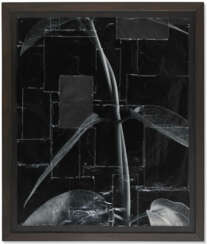





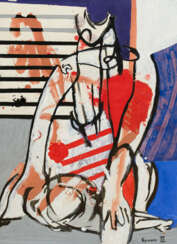

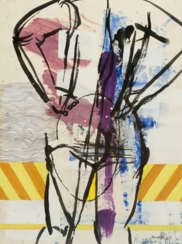

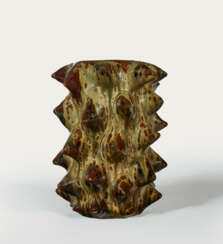

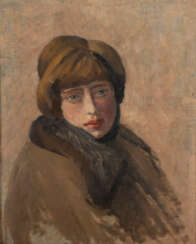

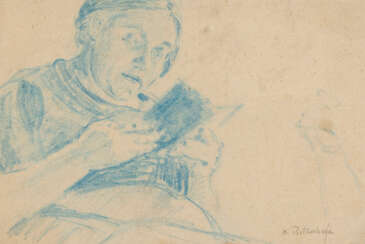

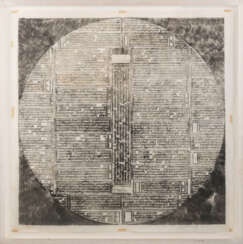

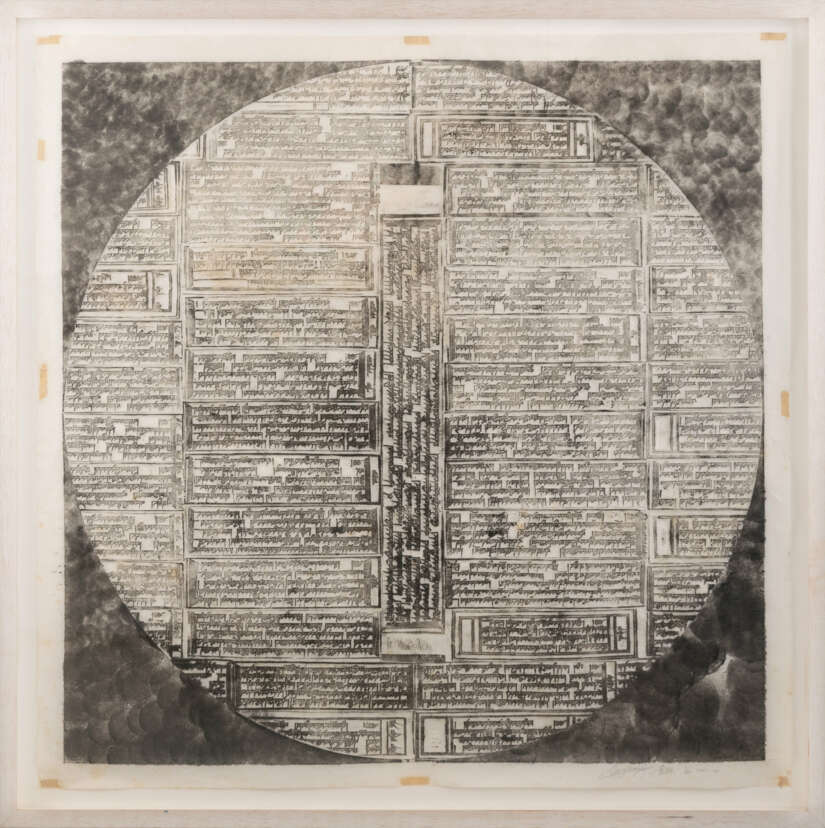

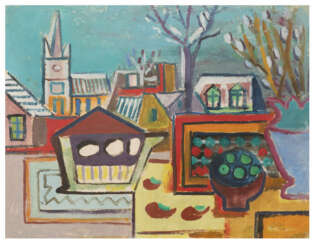

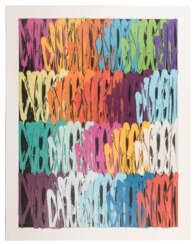

2.jpg)


